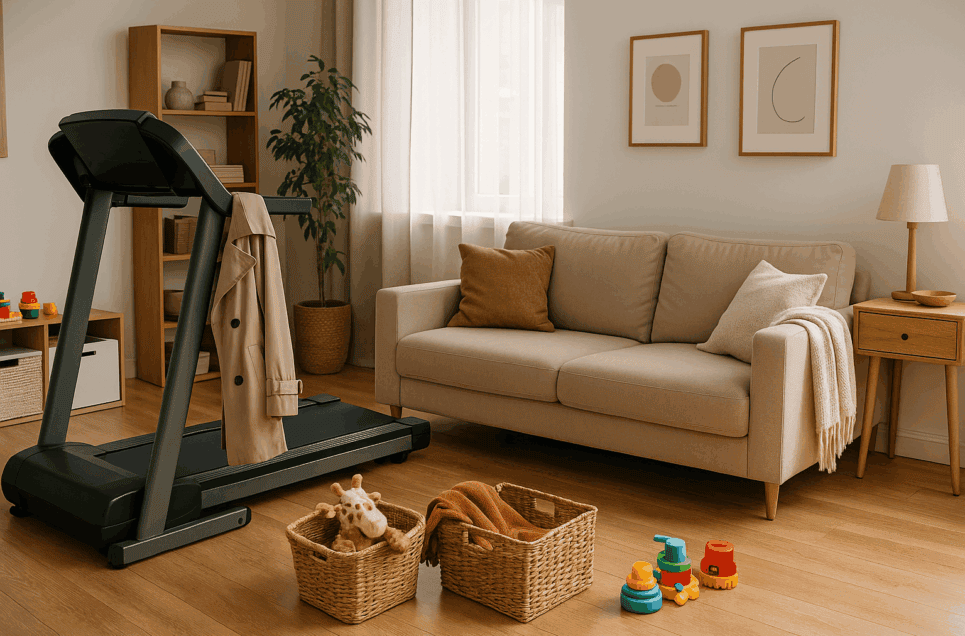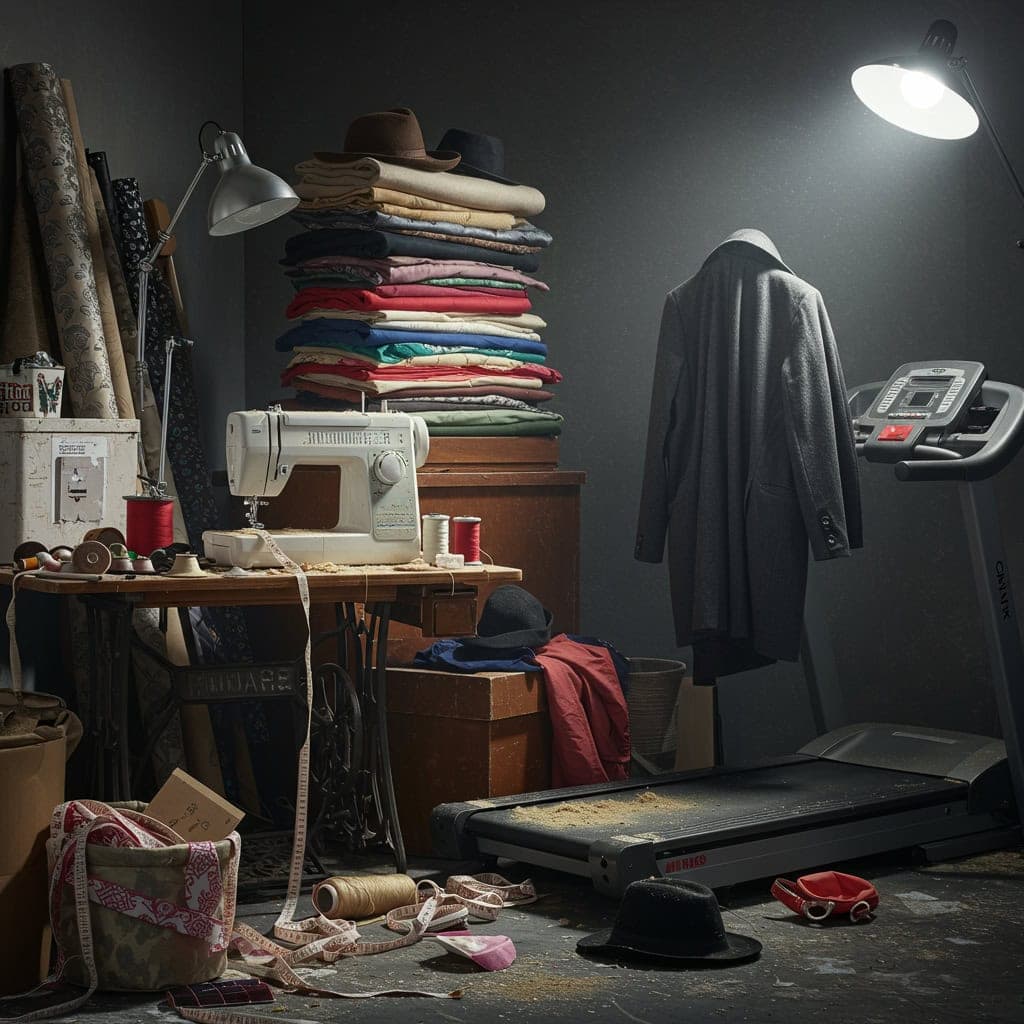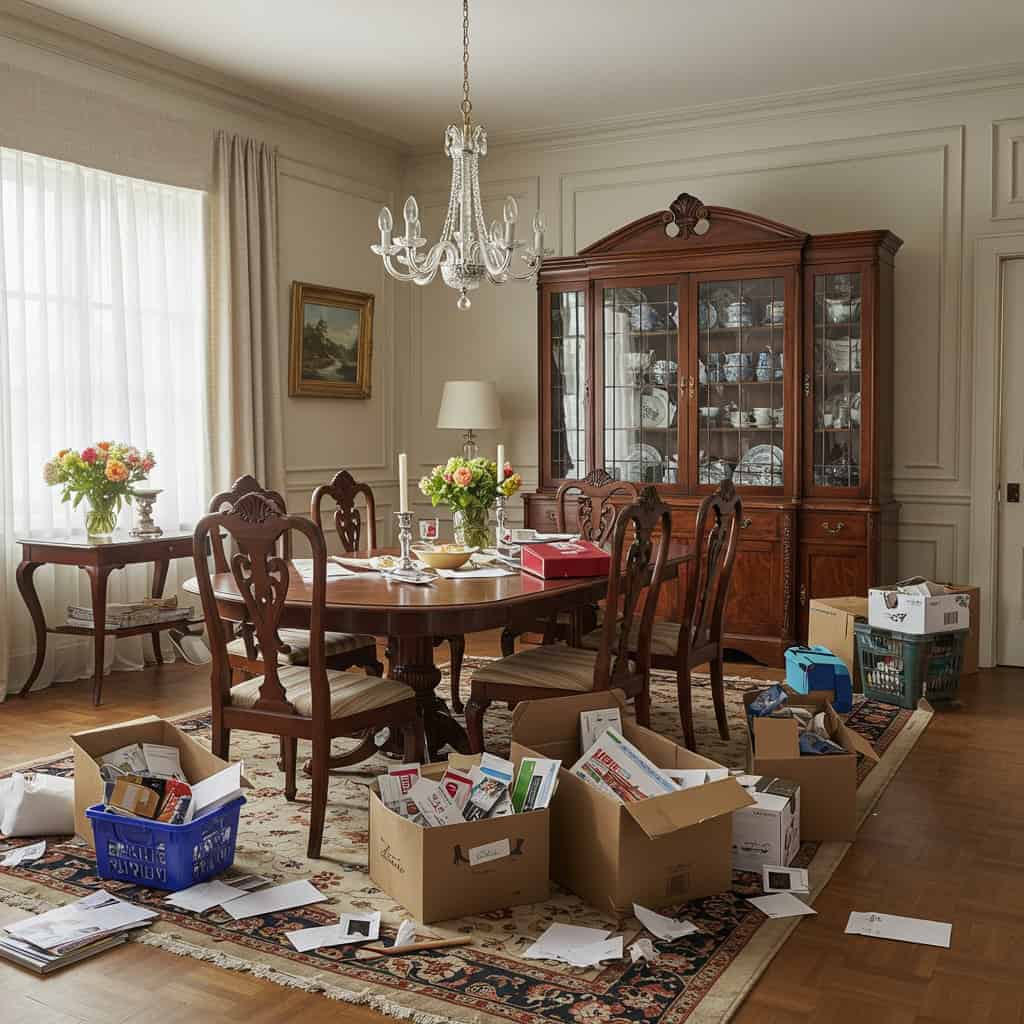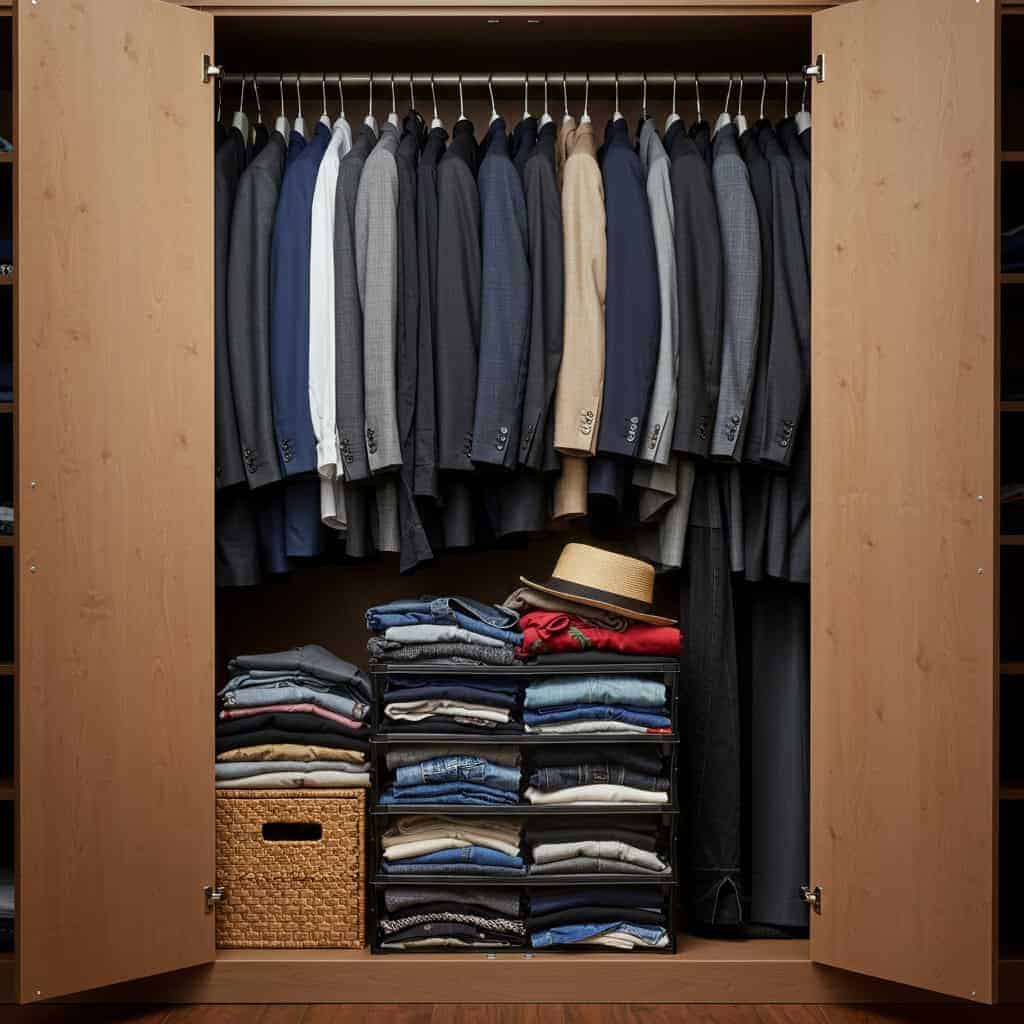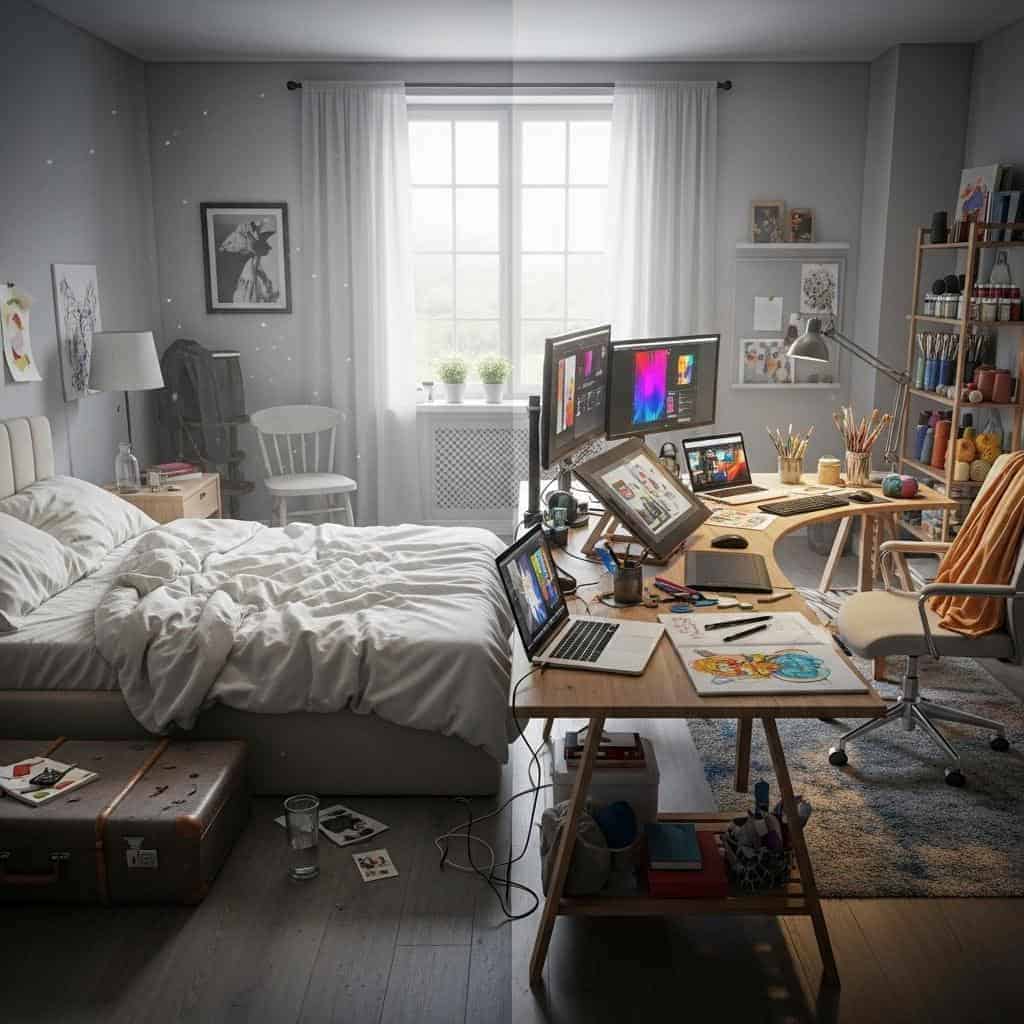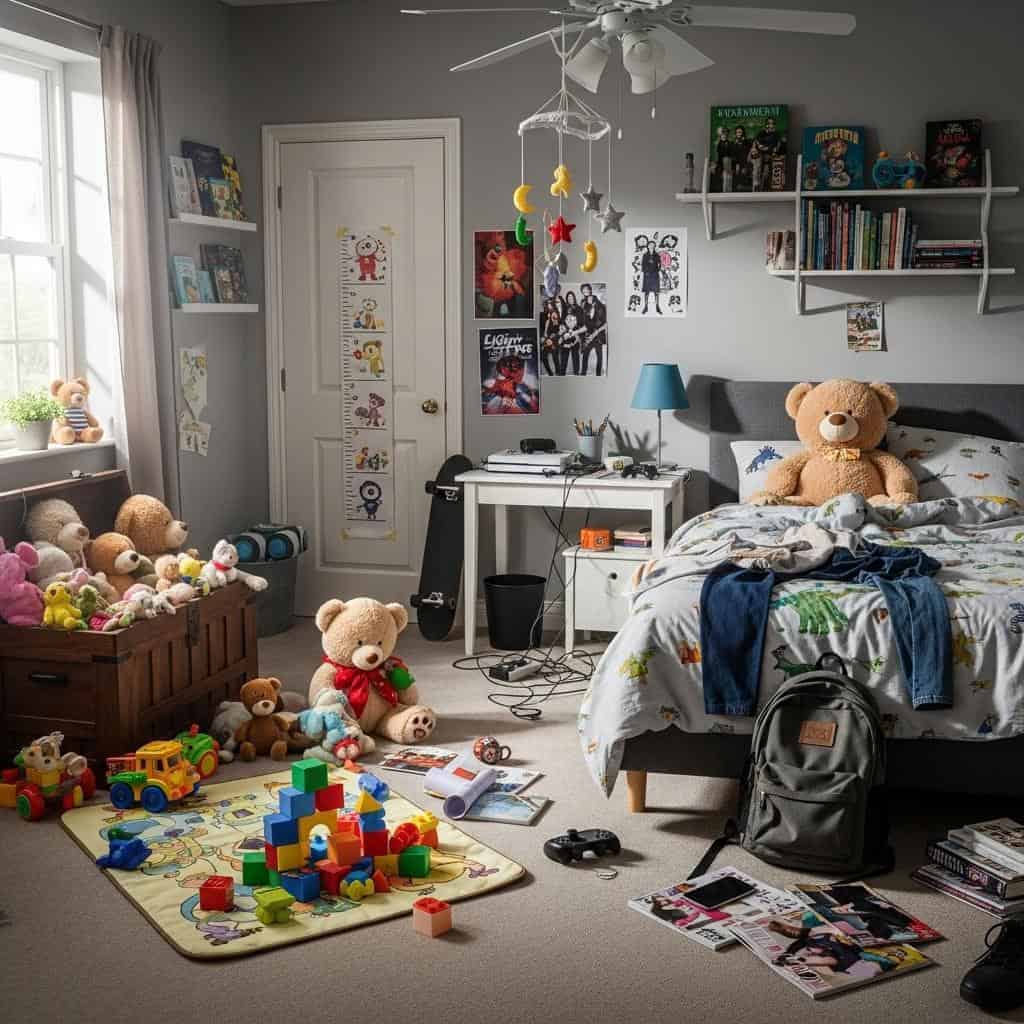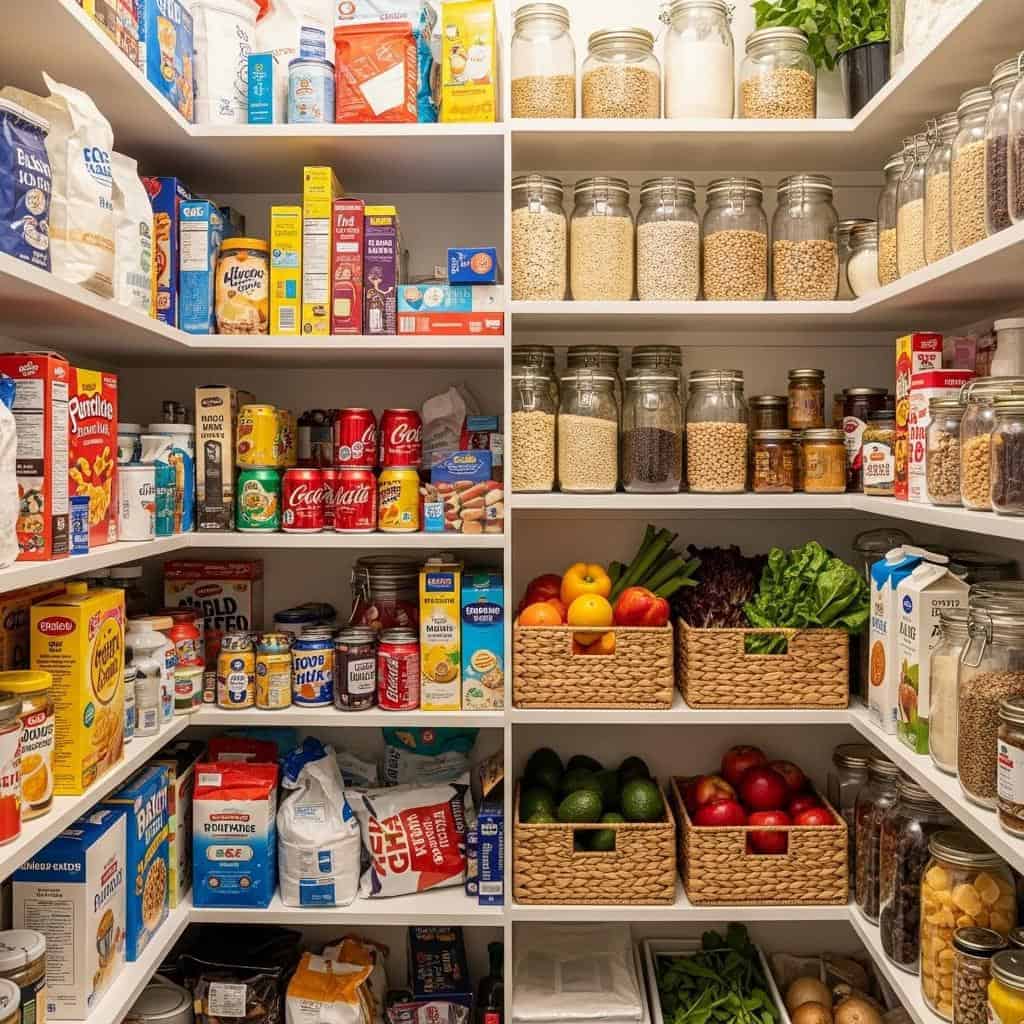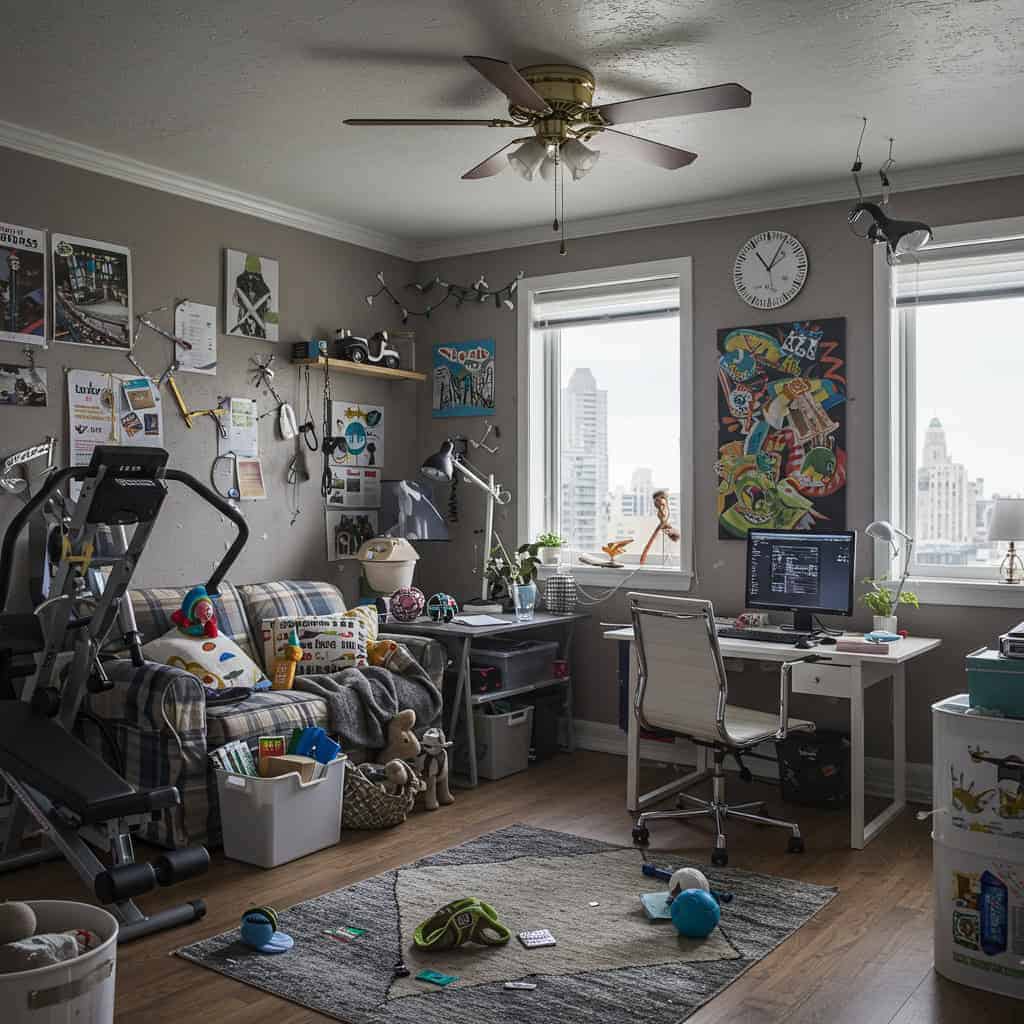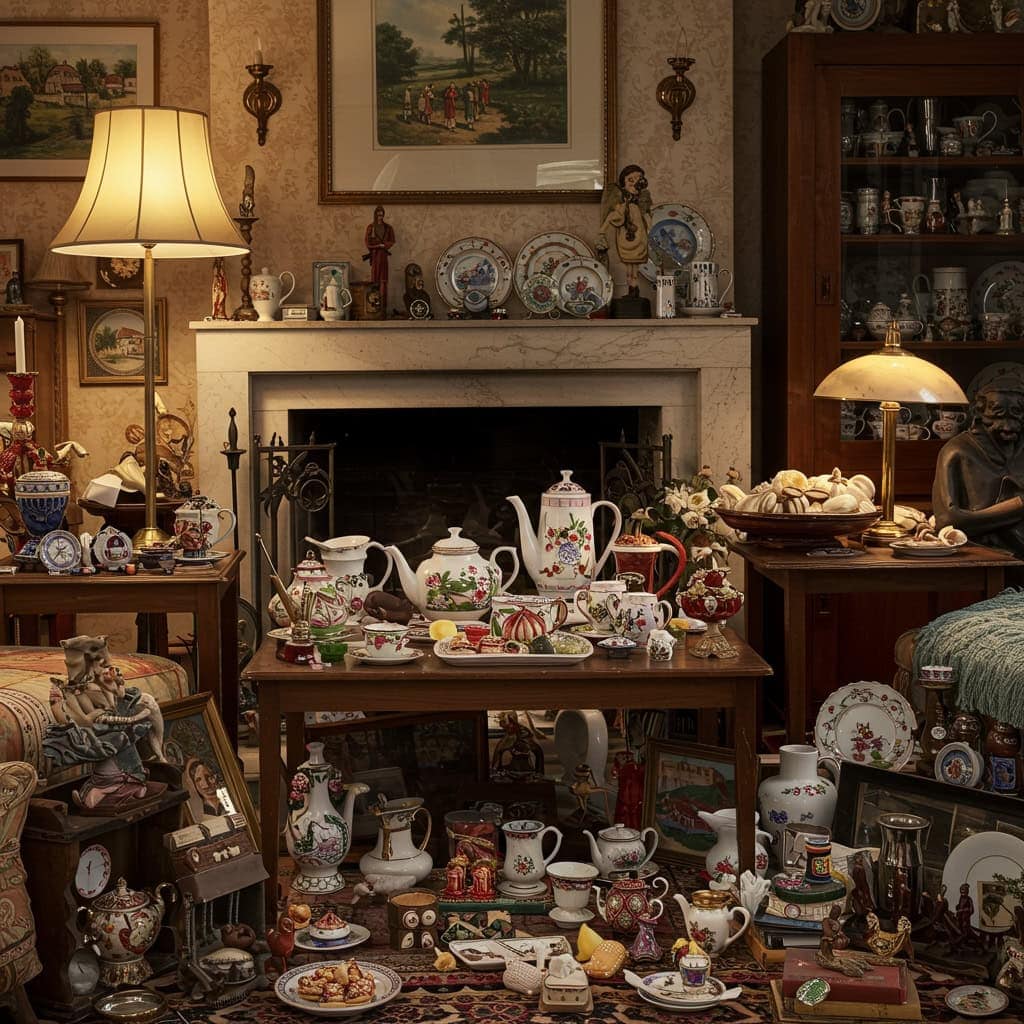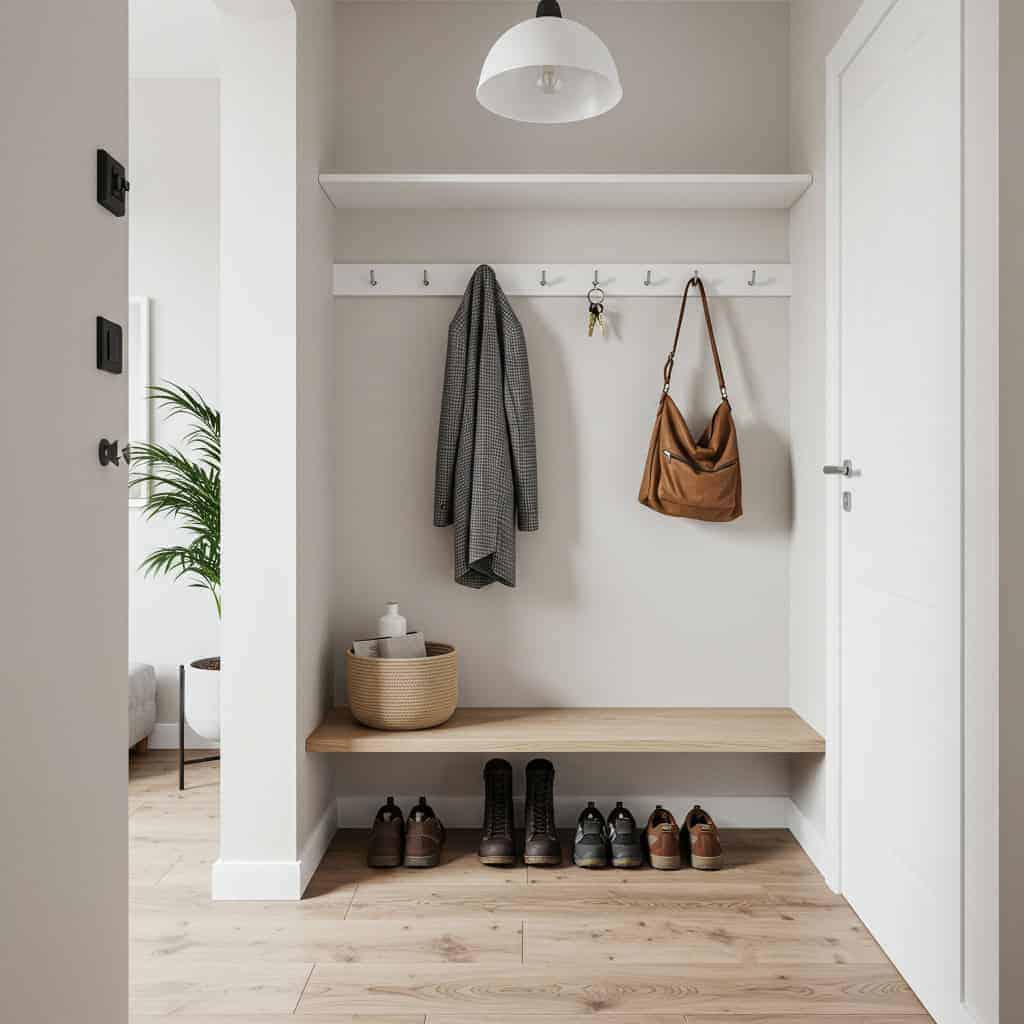Many people unknowingly arrange their homes according to idealized versions of living, rather than their actual routines and habits. This can result in inefficiency, ongoing frustration, and persistent clutter. When your organization style doesn’t fit how you really live, it’s difficult to maintain order or find what you need. Understanding the difference is the first step toward a truly functional, personalized home.

